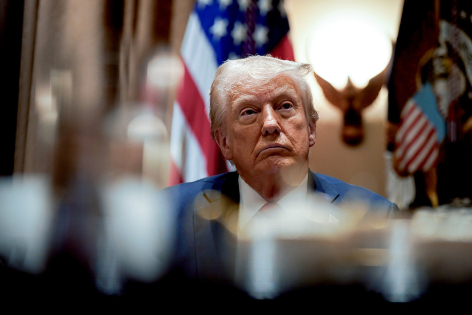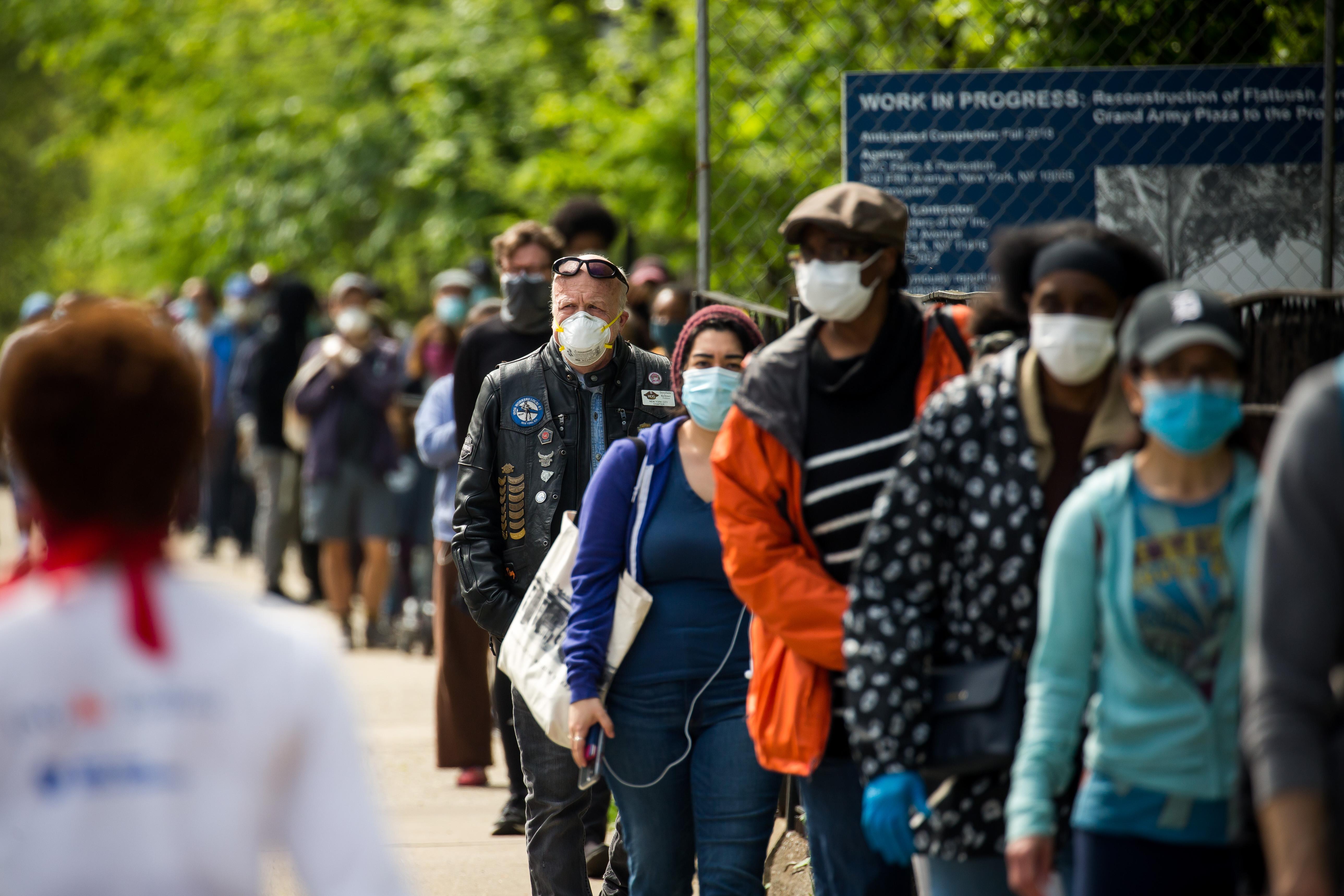
The impact of Trump's policies on Wall Street is gradually emerging, and trading activity is showing clear signs of cooling. Since Trump won the 2024 US presidential election, the market has experienced a brief surge in optimism, especially the so-called "Trump deal" that once became the focus of the market. However, as time goes by, this enthusiasm has gradually cooled, and Wall Street has begun to reassess the actual impact of the policy.
Trump's tariff policy has been slow to implement, creating continued uncertainty in the global trade environment. Although he has promised to protect US manufacturing through tariffs, delays and inconsistencies in actual implementation have made it difficult for companies to make long-term plans, and investor confidence has also been shaken. In addition, the Trump administration's rapid intervention in the Russia-Ukraine conflict has further exacerbated the market's sense of instability. The rise in geopolitical risks has made funds more inclined to risk aversion, thereby reducing investment in risky assets.
The performance of US economic data is also an important factor in the cooling of trading activities. The recent inflation data and employment reports did not meet market expectations, which to some extent weakened investors' confidence in economic recovery. Especially against the backdrop of the Fed's expected delay in rate cuts, the continued rise in 10-year Treasury yields has put more pressure on highly indebted companies, with small-cap stocks and unprofitable technology stocks being particularly vulnerable. Tesla, a representative stock of the "Trump deal," has also seen a significant correction in its share price recently, falling more than 6% from its highs, highlighting the rapid shift in market sentiment.
Citigroup, a major Wall Street bank, pointed out in a report that the retreat of the "Trump deal" may trigger a temporary downward trajectory for U.S. stocks. As investors begin to take profits, the violent selling may force the stock market to lose its upward momentum. In addition, the Chicago Board Options Exchange Volatility Index (VIX), which measures market panic, has risen recently, indicating that investors are increasingly concerned about future market volatility.
It is worth noting that some of the riskiest stocks with the highest bubble levels have fallen sharply after a short-term surge, showing the fragility of the market's irrational prosperity. Cryptocurrencies such as Bitcoin and Dogecoin have also experienced similar fluctuations, falling rapidly from historical highs. Market analysts believe that this volatility shows that the market's interpretation of Trump's policies is gradually returning to rationality, and investors are more concerned about fundamentals and long-term sustainability.
Trump's tax cuts and "trade protectionism policies" were once considered important positives for small-cap stocks. However, the reality is that strict immigration policies may push up labor costs, squeeze the profit margins of small businesses, and offset the benefits of tax cuts. Therefore, the performance of small-cap stocks in the near term is not optimistic, and the Russell 2000 index has significantly corrected from its highs.
Data from the options market also shows a cautious shift in market sentiment. A surge in call options often heralds an impending market correction, and the current ratio of call options to put options on the S&P 500 is at a historical high, suggesting that the market may face further downward pressure.
Overall, the uncertainty brought about by Trump's policies and the weak economic data have significantly cooled Wall Street trading activities. Investors are reassessing the actual impact of policies and adjusting their portfolios to cope with possible market fluctuations. In the future, market trends will continue to depend on the specific implementation effects of the Trump administration's policies and changes in the global economic and geopolitical environment.

According to Yahoo US media reports, the recent remarks of Federal Reserve Chair Jerome Powell have drawn deep concern from the market about the health of the US labor market.
According to Yahoo US media reports, the recent remarks of …
After 11 years of waiting in the deep sea, we finally have …
On December 17, 2025, the newly renovated American "Preside…
Nike's second-quarter revenue reached 12.4 billion US dolla…
The European Union (EU) recently announced sanctions agains…
In December 2025, the U.S. economy and financial markets ex…